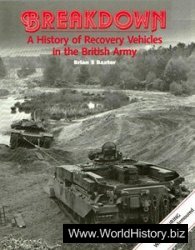Since estimates of age at death represent the cornerstone of palaeodemography, it is important that they be as accurate as possible. The vast literature on methodology of age at death estimation is too vast to be summarized here. In general, it reveals that the margin of error increases with increasing age and is dependent upon which skeletal and dental elements are available for analysis. For subadults, the method of choice is dental development; however, other aspects of growth and development (e. g., bone size, dental eruption, epiphyseal appearance, and fusion) also provide useful information. For adults, a variety of techniques are available, of varying accuracies at different stages in adult age (e. g., epiphyseal union, metamorphosis of the sternal ends of the ribs and symphyseal faces of the pubic bones, degenerative changes (such as osteophytosis of vertebral bodies), microscopic alterations in cortical bone, and factors of tooth morphology). Most workers also agree that combined techniques produce more accurate results than individual ones (see Osteological Methods).
Progress continues with aging methodology. Thus it is important to consider new techniques and to select appropriately. Reanalysis of material using new techniques can produce variations in sex and age data. Debate also has focused on the nature of the reference samples utilized in methodological development. Promising new techniques continue to be developed; noteworthy examples include the Lamendin technique examining tooth root translucency and the point of attachment of the periodontal membrane, which is especially valuable for estimating age at death in older adults and tooth cementum annulation involving counts possibly correlated with absolute age.
A three-day workshop on palaeodemography in June, 1999, at the Max Planck Institute for Demographic Research in Rostock, Germany, reinforced concern over the above issue. The ‘Rostock Manifesto’ that emerged from this workshop appealed for new research on appropriate reference collections to sharpen aging methodology and renewed focus on evaluation of mathematical approaches, especially Bayes’ theorem.




 World History
World History









